Taylor “Squid” Veraldi started off in the studio world, until he got a taste of life on the road. “I did the first couple of tours for free – just to cut my teeth,” he recalled. “I’ve been touring ever since.”
Squid credits those early touring days with giving him the background knowledge needed to handle front of house for major artists. “I was working on every house console imaginable, so it taught me the workflow of each model from different manufacturers.”
After mixing and tour managing with groups like Alesana, Squid was asked to join the new crew of From Ashes to New in 2018. “I worked with one of their vocalists on a previous tour,” he noted. “So they reached out to me as they were looking for people.”
A few years later, the band began maxing out their digital console – and Squid sought out a better option. “I had mixed monitors for the band Nothing More that same year on a dLive S5000 and I immediately fell in love with it,” he recalled. “I loved the flexibility, it sounded amazing, and the user interface made things so easy.”
Squid specifically noted the surface customization options, advanced scene scope control, and the DYN8 dynamic EQ and multiband compressor as key factors for him. “The DYN8 was incredible to get rid of cymbal bleed in all the mics,” he explained. “It also avoided any harshness in the vocals, similar to a de-esser.”
He also likes that all the system’s processing happens in the MixRack, meaning that trouble at front of house doesn’t stop the show. “I once lost power at FOH and I was worried that the show was dead,” he recalled. “Thankfully, all the audio kept passing and I had time to get my surface powered back up and start making adjustments again.”
Once it was clear that dLive was the platform the band needed, they purchased a dual-screen S5000 surface for front of house, a compact 12-fader C1500 surface for monitor mixing and playback, and a DM64 MixRack as the main processing engine for the system. “We didn’t have a true monitor engineer yet,” he explained. “So the C1500 was also sometimes used for fly dates if we needed a more compact rig at front of house.”
For the next upgrade, the band is looking at purchasing an additional DM0 mix engine with RackUltra FX built-in, doubling their processing power and opening up innovative new FX like saturators, harmonizers, amp simulation, and more. “I got to try the RackUltra FX with Ice Nine Kills and it was amazing,” said Squid. “The additional MixRack also gives us more busses for more routing flexibility and front fills.”
Mixing From Ashes to New offers some unique challenges for Squid, mainly due to the band’s wide dynamics. “I deal with delay throws, filter vocals, screaming, snare bombs, and complex guitar panning” he explained. “I used to do a lot of that manually on the fly – but now I use dLive’s actions and SoftKeys to automate a lot of the work.”
For dealing with build-up in a mix, Squid has learned that most engineers’ reflex is to look in the wrong place. “Instead of chasing the build-up where it seems to be the harshest, I try to remove those frequencies from the channels that don’t need it,” he explained. “For example, I don’t need a ton of 4k in my synths or cymbals – so I just remove those problem frequencies from the channels where it doesn’t need to exist; because it’s just going to build up and layer from there. If I don’t have space for a particular instrument, I start looking for other channels that I can EQ to create space for it.”
From Ashes to New is currently on a US tour, with dates until the end of November.








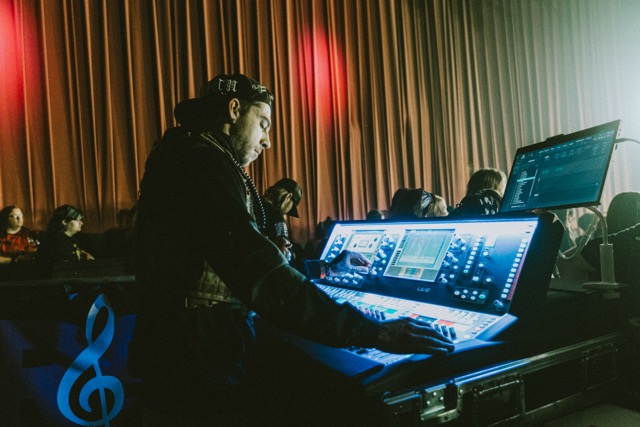

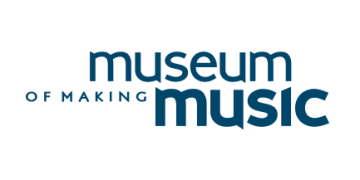
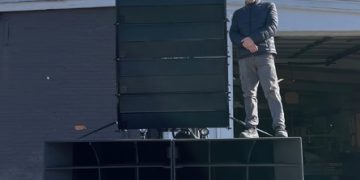
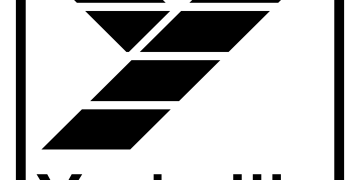

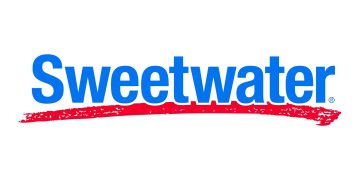






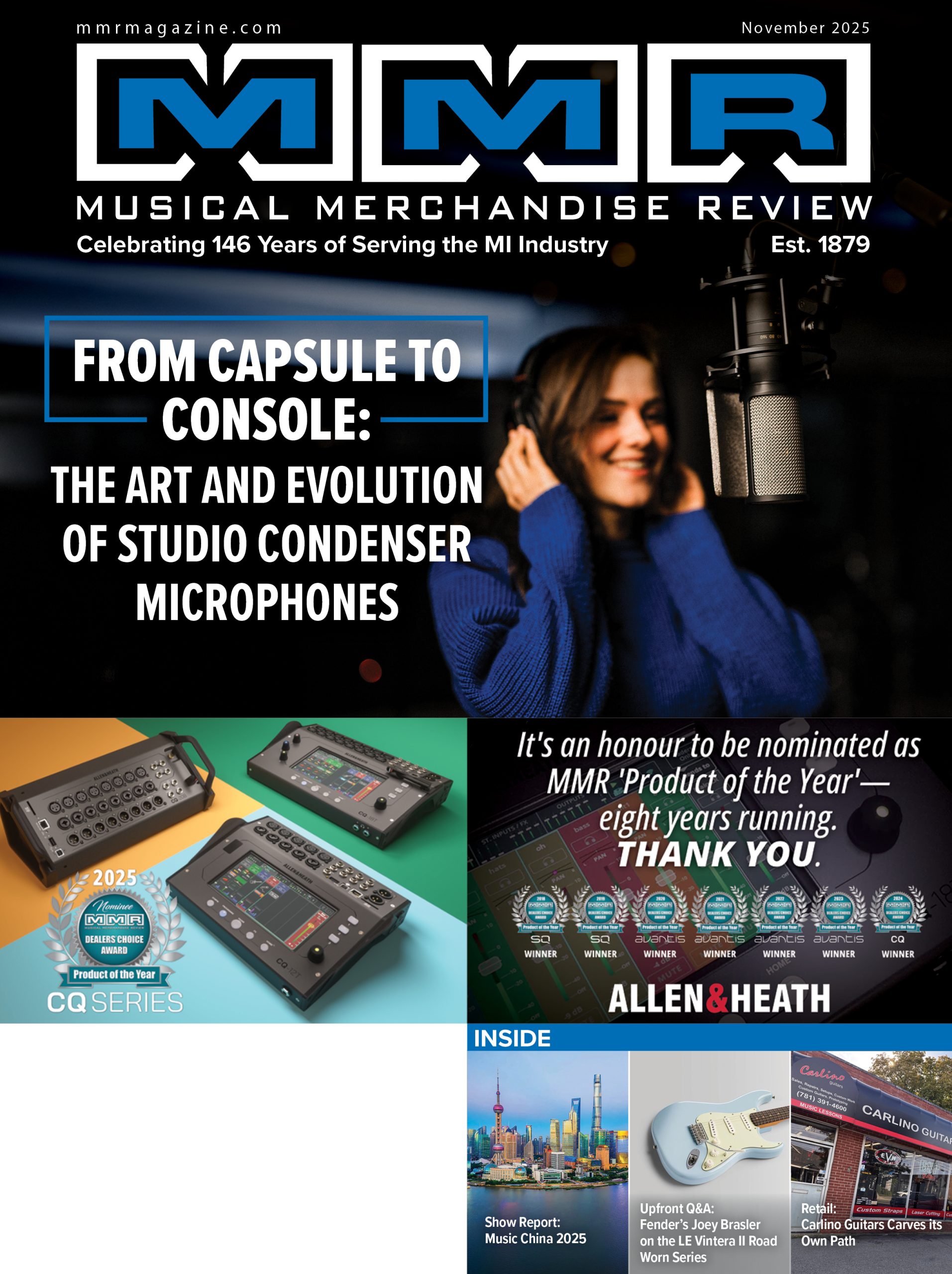
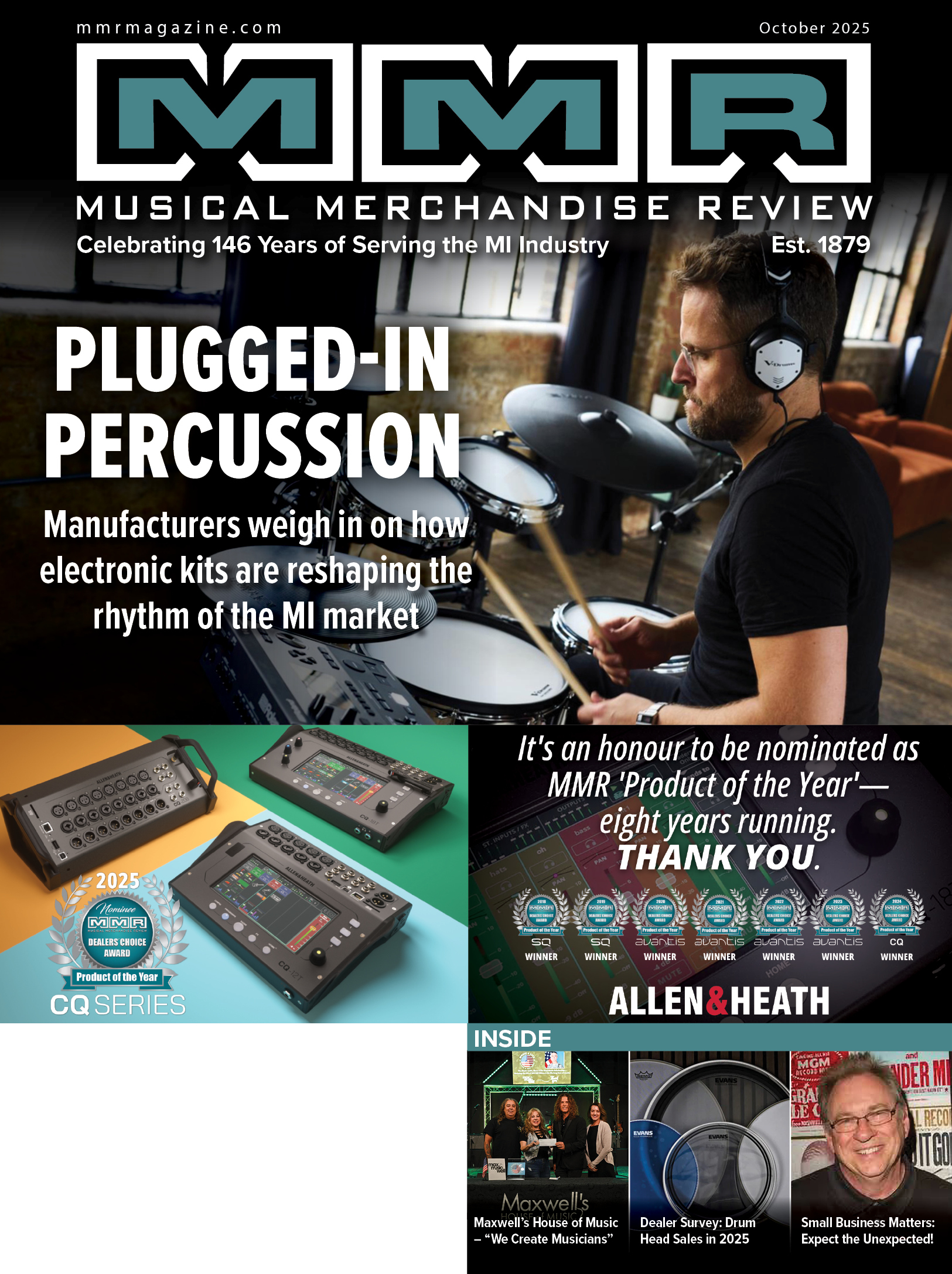
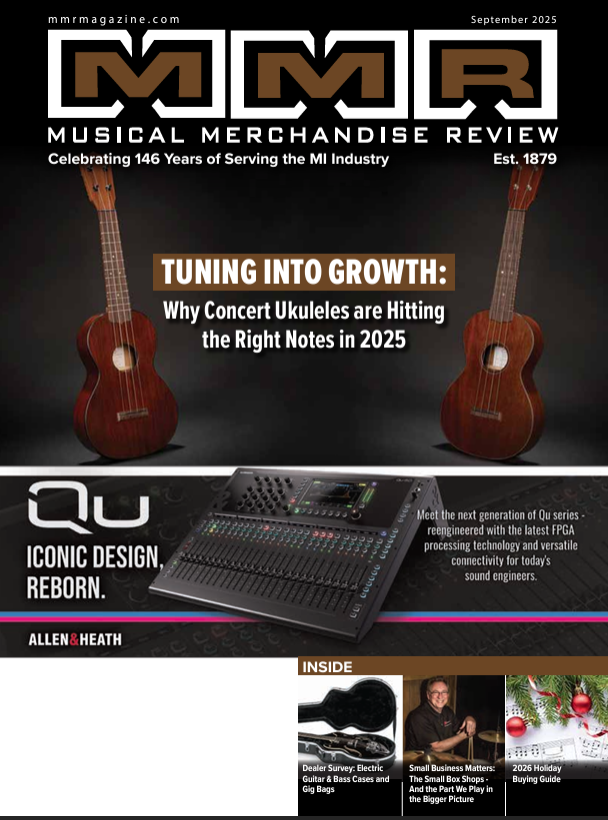
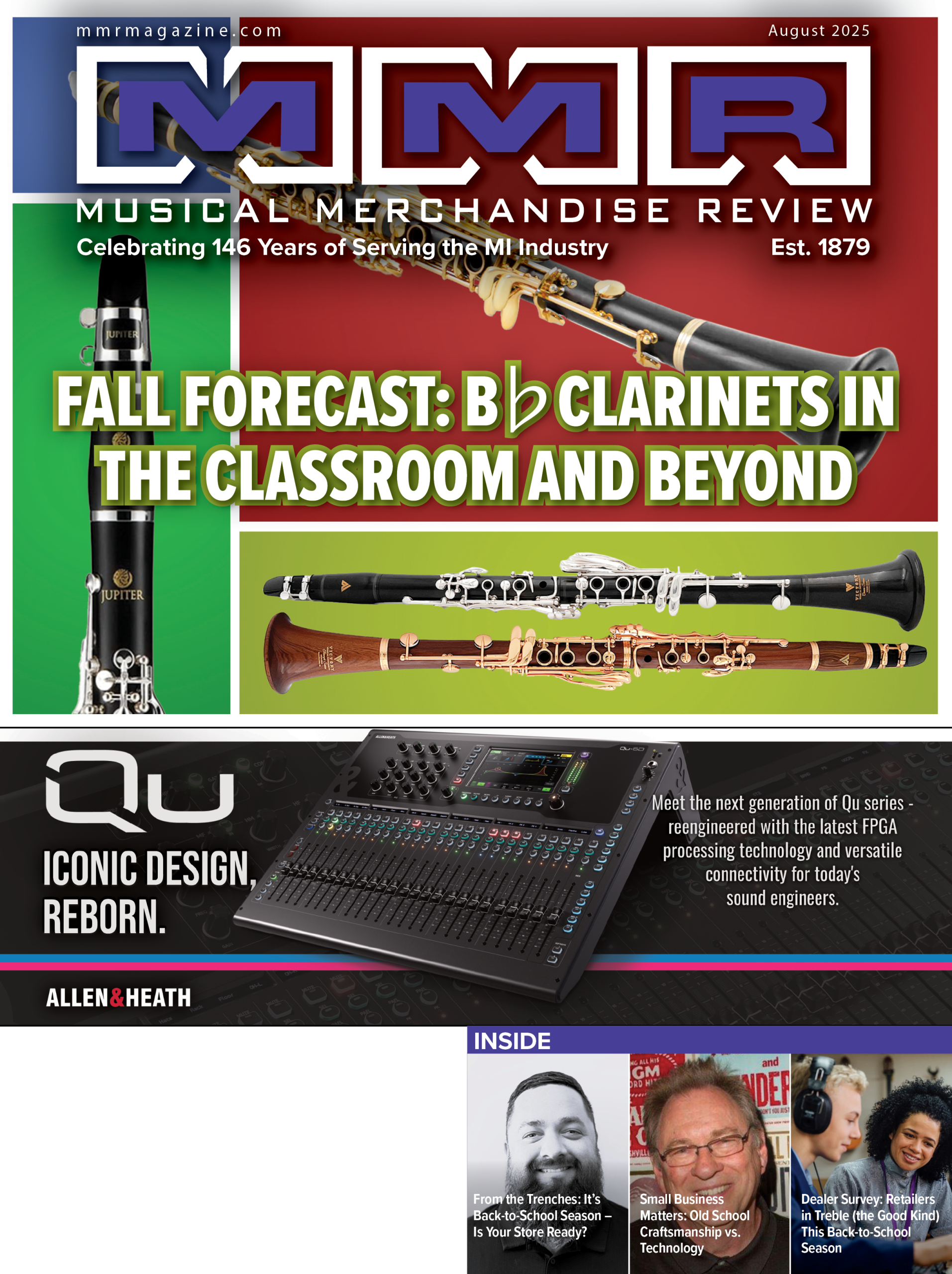


Looking Back on 2025: A Year of Controlled Chaos (Emphasis on “Controlled”)